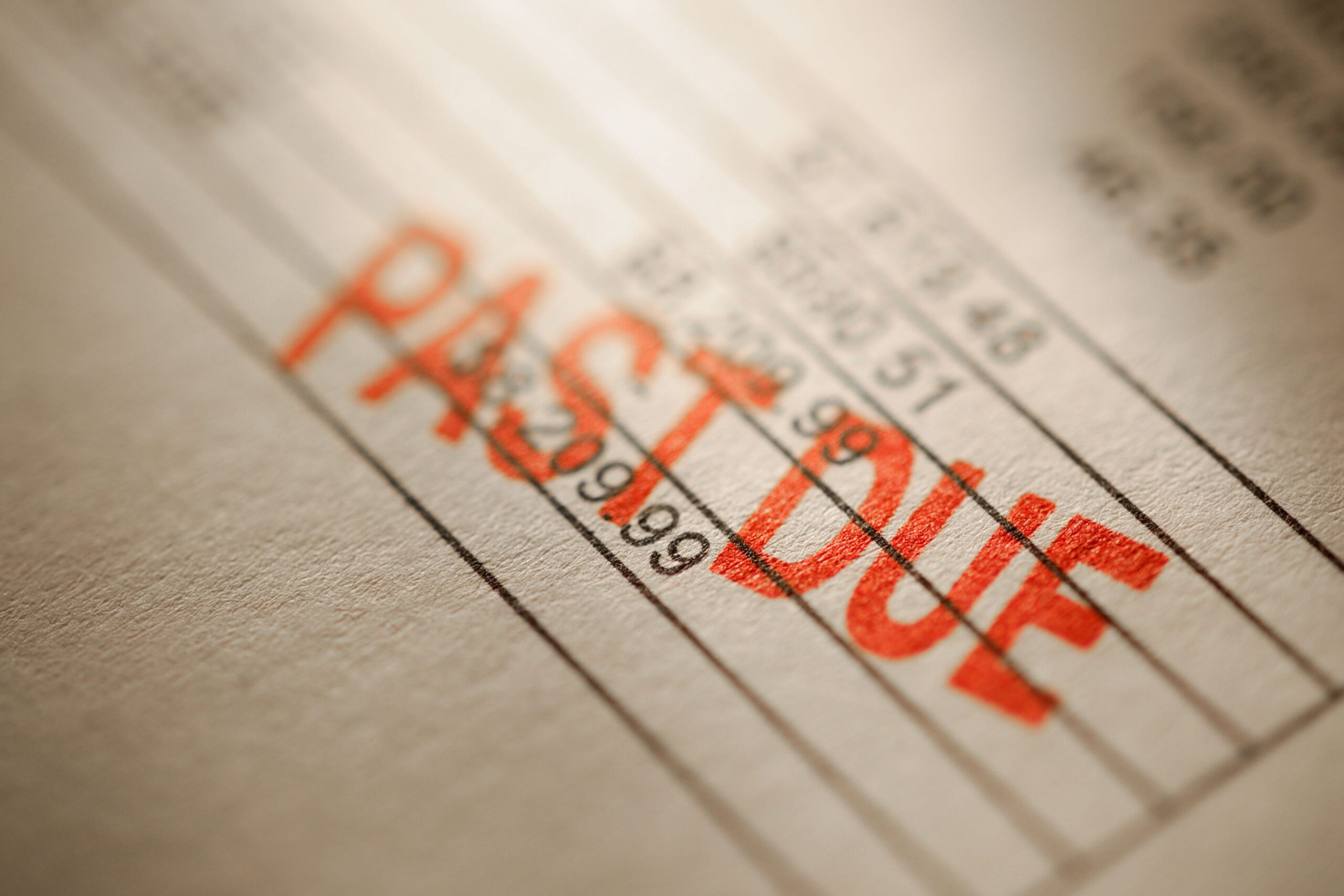Tumultuous economic times make proactively managing your B2B accounts receivable portfolio more important – and difficult – than ever. When a B2B credit customer stops paying during an economic downturn, it is important to take a proactive approach to address the issue. Here are some steps to consider::
- Communicate with the customer: It is important to communicate with the customer and try to understand the reason for the non-payment. Is the customer experiencing financial difficulties due to the economic downturn? Are those issues systemic – such as a loss of a major customer or a decline in demand for a particular product or service – or transient? Is the customer suffering from a liquidity setback that will resolve itself, or on the path to insolvency? Are there any other issues that are causing the customer to stop paying?
- Review your contract: Review your terms and conditions of sale, which should be incorporated by reference into your customer agreements through your signed B2B credit application. If you have a supply contract, review it. Get your in-house or outside counsel involved if your exposure is significant. Ascertain whether the customer is in material breach of any contractual provisions. If so, evaluate the notice periods apply to any remedies available under the contract or applicable law (such as Article 2 of the Uniform Commercial Code for sellers of goods). Many contracts require notice to occur in a specific form, such as written notice delivered via mail or overnight delivery to specified addresses. Be certain, in consultation with counsel, to follow the relevant provisions to the letter.
- Consult with counsel: If your accounts receivable exposure to the customer is substantial, consult with in-house or external counsel to determine any legal steps you should be taking to preserve, protect, and assert your company’s rights against the customer. Remedies such as stoppage of delivery under UCC Article 2 can be very powerful tools to prevent a bad debt from getting worse – if you exercise them quickly.
- Consider offering a payment plan: If the customer is experiencing a temporary liquidity shortfall, consider offering a repayment plan – perhaps with payment in advance for future orders until the customer becomes current – rather than aggressively demanding immediate payment in full. This can help the customer get back on track with their payments without alienating the customer, and can help to preserve strategic business relationships. The customer likely will appreciate your willingness to help them work through the difficulty.
- Gather documents: In the event you ultimately decide to litigate against the customer, or if the customer ends up in bankruptcy, you will need complete, accurate documentation to support your claims. Gathering information early helps insure relevant documents are not lost, such as purchase orders, invoices, shipping manifests, bills of lading, delivery confirmations, and the like. Delivery confirmations will be essential to asserting a claim under section 503(b)(9) of the Bankruptcy Code if the customer files for bankruptcy protection, and all of the foregoing documents will be helpful in defending against a potential preference avoidance action.
It is important to approach a distressed customer’s payment default carefully, as it can have a significant impact on your business. Seeking input from counsel early in the process can help to preserve your rights and maximize the value of your claims.
Ready to Digitize Your Trade Credit Process?
Credit Workbench is the fastest and safest way to optimize your trade credit process. A modern, configurable credit application with secure e-signature and document collection will ensure that you have faster, higher-quality data during onboarding. Request a demo or start your free trial to learn how you can send your first online credit application in just 15 minutes.



